The Japanese Maple tree, scientifically known as Acer palmatum, is a striking ornamental tree cherished for its exquisite foliage and graceful form. Here’s a closer look at this captivating tree:
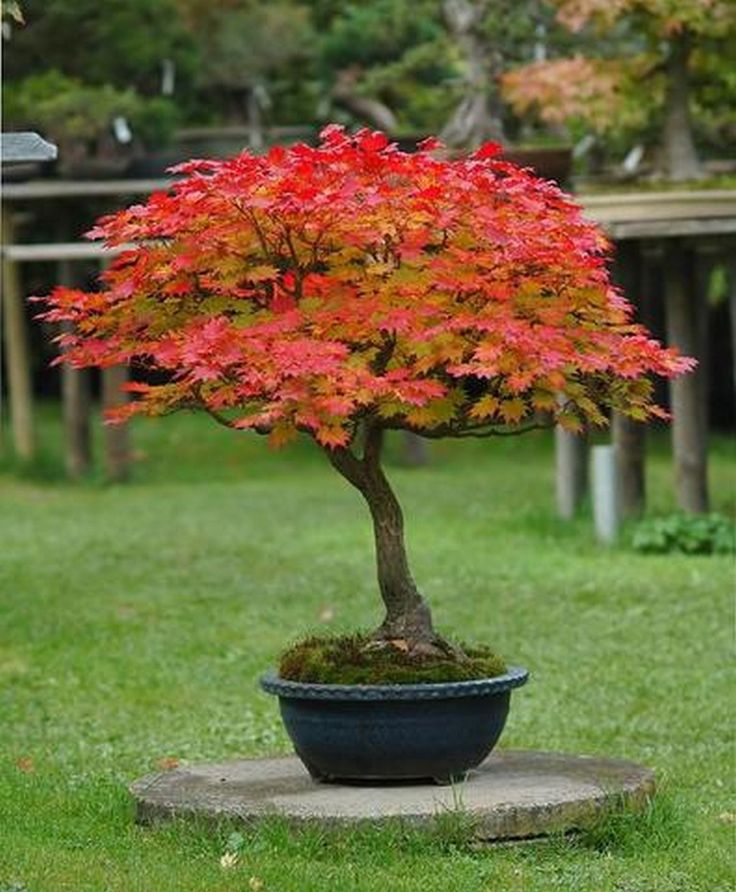
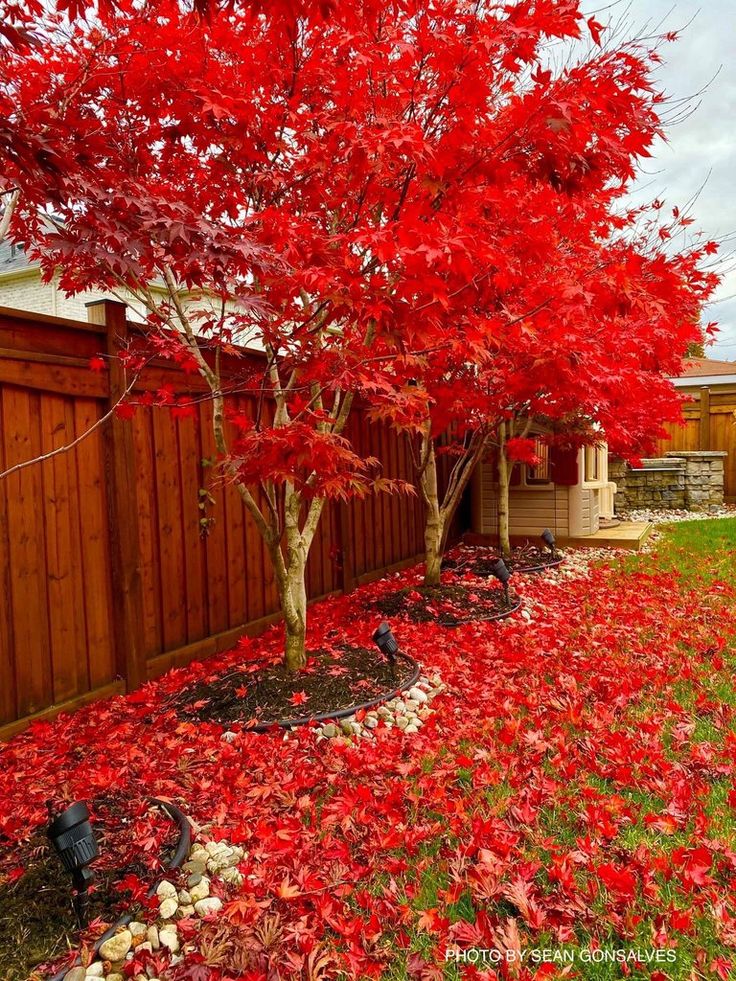
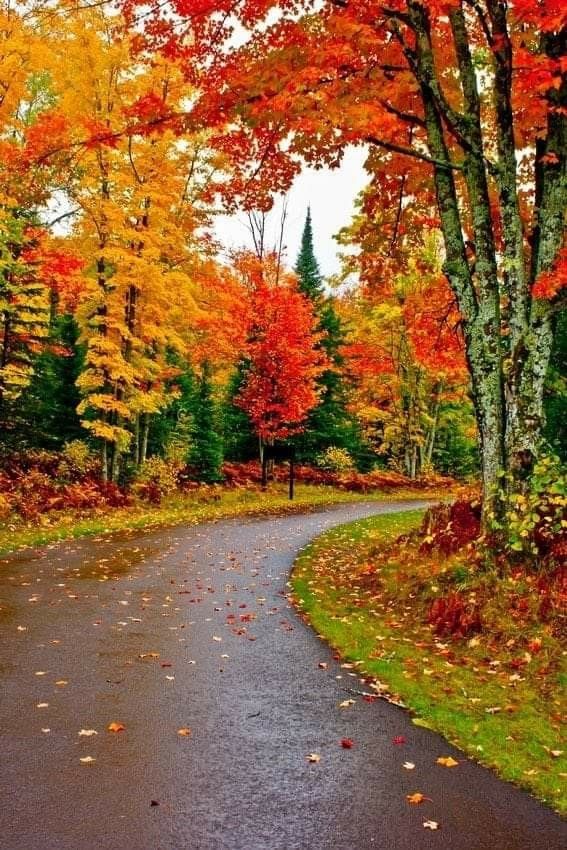
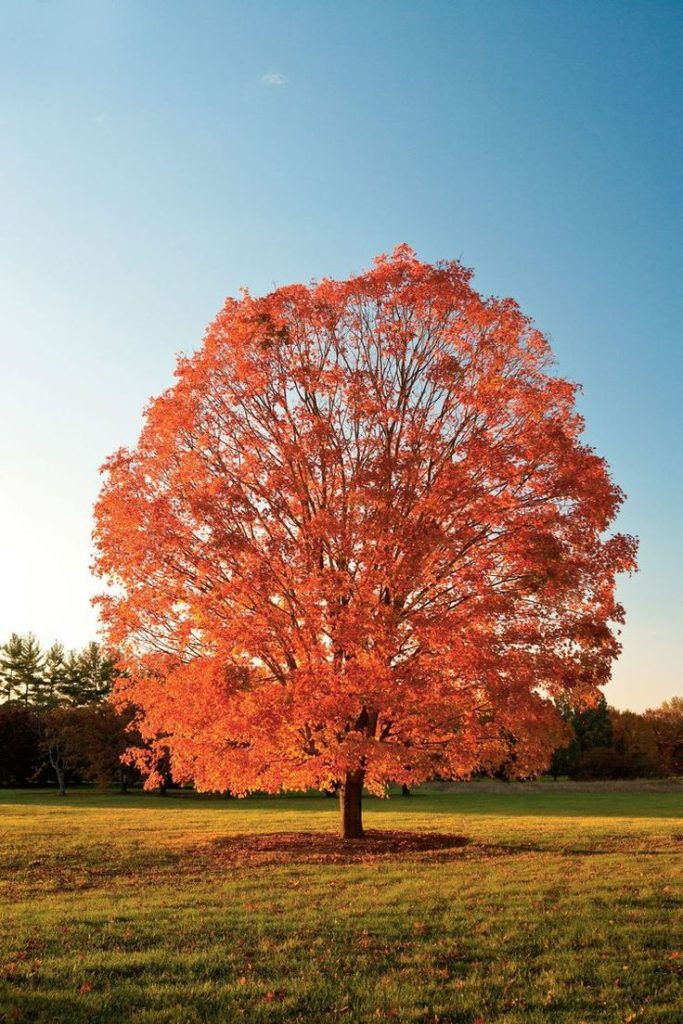
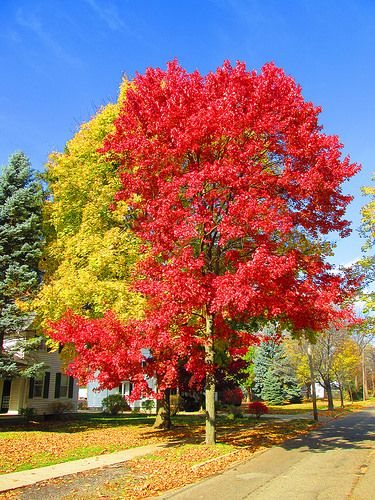
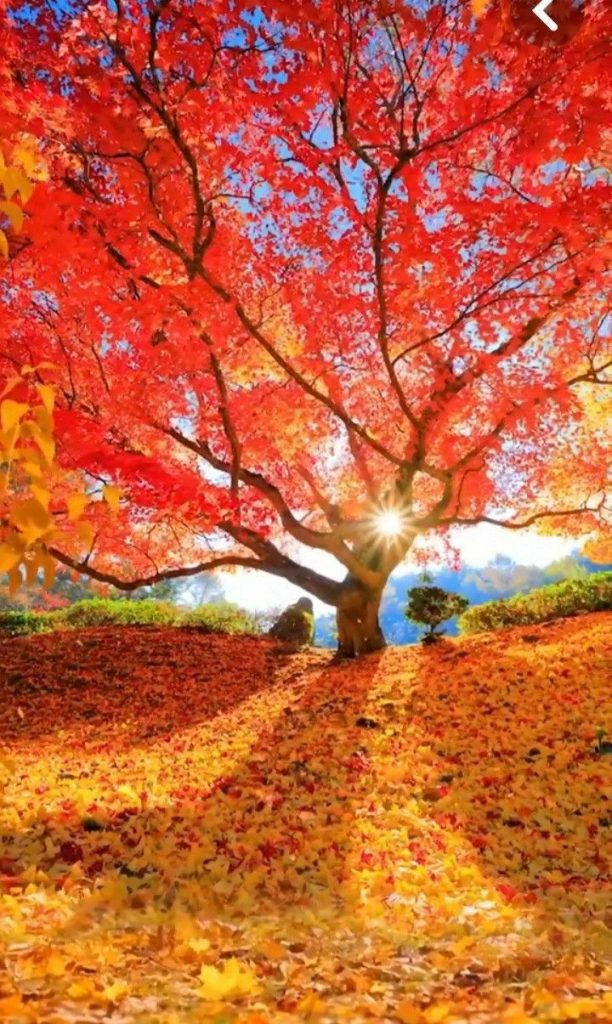
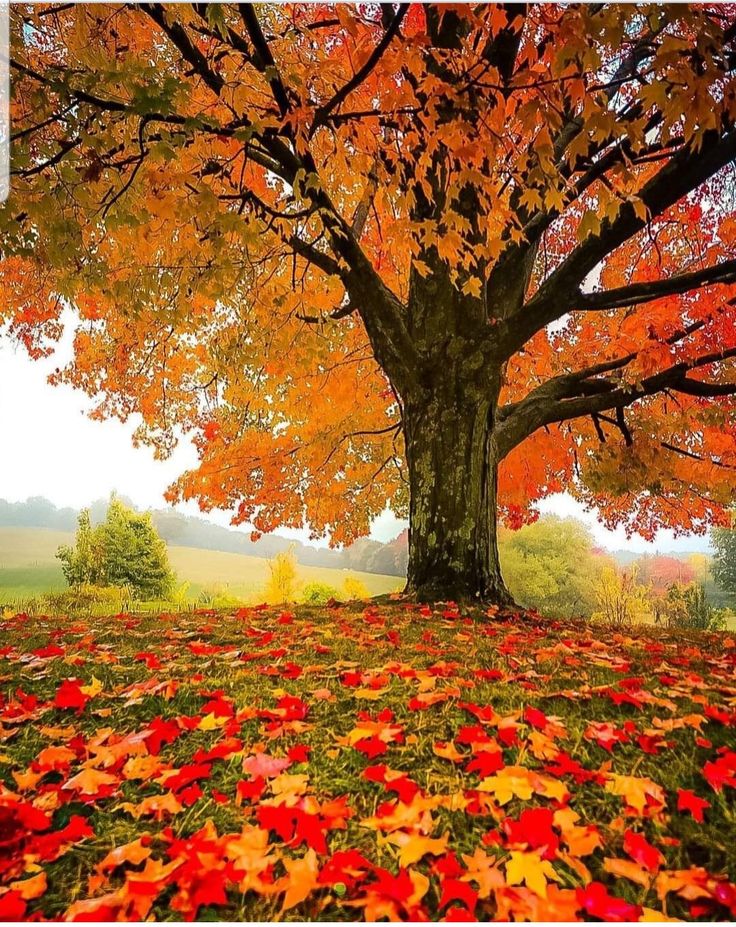
Characteristics of the Japanese Maple Tree:
1. Foliage and Shape:
- Leaves: Displaying intricate, deeply lobed leaves, Japanese Maples boast a diverse range of colors, including vibrant reds, oranges, yellows, greens, and purples, especially vibrant during autumn.
- Form: Its branching structure forms an elegant, often cascading canopy, creating a picturesque silhouette.
2. Seasonal Splendor:
- Spring: Bursting with new growth, the tree showcases fresh, colorful leaves, contributing to a stunning spring display.
- Summer: The foliage matures, maintaining its lush appearance and providing shade in the garden.
- Fall: This is when the Japanese Maple truly shines, transforming into a spectacle of fiery hues, making it a focal point in autumn landscapes.
- Winter: Even without leaves, the tree’s unique branching structure adds visual interest to winter landscapes.
3. Cultural and Garden Significance:
- Japanese Influence: Embraced in Japanese culture, these trees hold symbolic significance, representing beauty, serenity, and harmony with nature. They’re often featured in traditional Japanese gardens as revered ornamental elements.
- Garden Design: Japanese Maples are popular choices in landscapes, providing year-round interest, and serving as focal points or accent trees due to their aesthetic appeal.
4. Growing Conditions:
- Light: Prefers partial shade to full sun, with some varieties showing better leaf coloration in filtered light.
- Soil: Thrives in well-draining, slightly acidic soil, benefitting from organic matter and mulching to retain moisture.
- Watering: Regular watering, especially during dry spells or in the tree’s establishment phase, aids in its health and vitality.
5. Varieties and Cultivars:
- Japanese Maples come in various sizes, forms, and leaf shapes. Some renowned cultivars include ‘Bloodgood’ with deep red foliage, ‘Dissectum’ varieties with finely cut leaves, and ‘Sango Kaku’ known for its coral-colored bark in winter.
6. Landscaping Uses:
- Ideal as a standalone specimen tree, accent tree, or in small groupings to enhance the visual appeal of gardens, courtyards, or along walkways.
- Suited for container planting, allowing for versatility in patios, decks, or urban landscapes.
Conclusion:
The Japanese Maple tree’s captivating beauty, from its exquisite foliage to its elegant structure, contributes to its status as a prized ornamental tree. Its year-round aesthetic appeal, cultural significance, and versatility in various garden settings make it a beloved choice for landscape enthusiasts and garden designers alike.